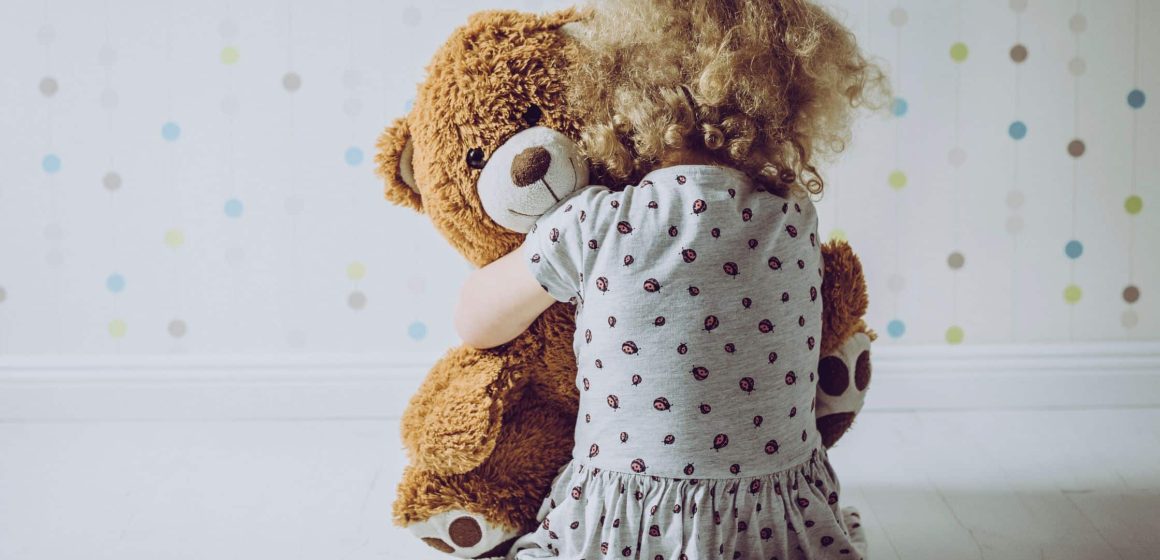Childhood fears and phobias are a normal part of development. However, they can be distressing for both children and their parents. Understanding these fears and knowing how to address them can help your child feel more secure and confident. This guide provides insights into common childhood fears and phobias and offers practical strategies for helping your child manage their anxieties.
Understanding Childhood Fears and Phobias
Common Childhood Fears:
- Infants and Toddlers: Fear of loud noises, strangers, separation from parents, and new environments.
- Preschoolers: Fear of the dark, monsters, ghosts, and animals.
- School-aged Children: Fear of natural disasters, injury, school performance, and social rejection.
- Adolescents: Fear of peer rejection, academic failure, and future uncertainties.
Phobias: Phobias are intense, irrational fears that can interfere with daily activities. They often develop in childhood and can persist if not addressed. Common childhood phobias include fear of specific animals (e.g., dogs, spiders), heights, water, and medical procedures.
Causes of Childhood Fears and Phobias
- Developmental Stage: Certain fears are typical at different stages of development as children learn about the world and understand potential dangers.
- Experiences: Traumatic or negative experiences can trigger fears. For example, a painful medical procedure might lead to a fear of doctors.
- Learned Behavior: Children can develop fears by observing others. If a parent or sibling is afraid of something, a child might adopt the same fear.
- Temperament: Some children are naturally more anxious or sensitive, making them more prone to developing fears and phobias.
Strategies for Addressing Childhood Fears and Phobias
Validate Their Feelings:
- Acknowledge Their Fear: Let your child know that it’s okay to be afraid. Acknowledging their fear validates their feelings and helps them feel understood.
- Listen and Reassure: Encourage your child to talk about their fears. Listen without judgment and provide reassurance that you are there to help them.
Provide Information and Explanation:
- Clarify Misunderstandings: Sometimes fears stem from misunderstandings or lack of knowledge. Explain the facts in an age-appropriate manner to help dispel irrational fears.
- Use Books and Stories: Reading books about children facing similar fears can help your child understand and cope with their own anxieties.
Gradual Exposure:
- Introduce Gradually: Gradual exposure to the feared object or situation can help desensitize your child. Start with less intimidating aspects and slowly increase exposure as your child becomes more comfortable.
- Use Positive Reinforcement: Praise and reward your child for facing their fears. Positive reinforcement encourages them to continue making progress.
Model Calm Behavior:
- Stay Calm: Children often look to their parents for cues on how to react. Stay calm and composed when addressing your child’s fears.
- Demonstrate Coping Strategies: Show your child how to handle fear by using coping strategies such as deep breathing, positive self-talk, and relaxation techniques.
Create a Safe Environment:
- Comfort Objects: Allow your child to use comfort objects like a favorite toy or blanket to feel secure.
- Safe Spaces: Create a safe and comforting environment at home where your child can retreat when they feel scared.
Establish Routines:
- Consistent Routines: Regular routines provide a sense of predictability and security, which can help reduce anxiety.
- Bedtime Routine: A calming bedtime routine can help alleviate fears of the dark or sleeping alone.
Encourage Independence:
- Build Confidence: Encourage your child to take small steps towards independence. Successful experiences can boost their confidence and reduce anxiety.
- Support Social Skills: Help your child develop social skills by arranging playdates and encouraging interactions with peers.
When to Seek Professional Help
While many childhood fears are normal and resolve on their own, some may require professional intervention. Consider seeking help if:
- The fear or phobia is intense and persistent.
- It interferes with your child’s daily activities, sleep, or school performance.
- Your child shows physical symptoms of anxiety, such as stomachaches or headaches.
- You have tried self-help strategies without success.
A child psychologist or therapist can provide specialized techniques, such as cognitive-behavioral therapy (CBT), to help your child manage their fears.
Conclusion
Childhood fears and phobias are common, but with understanding and appropriate strategies, parents can help their children overcome these anxieties. By validating your child’s feelings, providing information, gradually exposing them to their fears, and modeling calm behavior, you can support your child in managing their anxieties effectively. If needed, professional help is available to provide additional support.
For more information on childhood fears and other pediatric health topics, visit the American Academy of Pediatrics – HealthyChildren.org.












